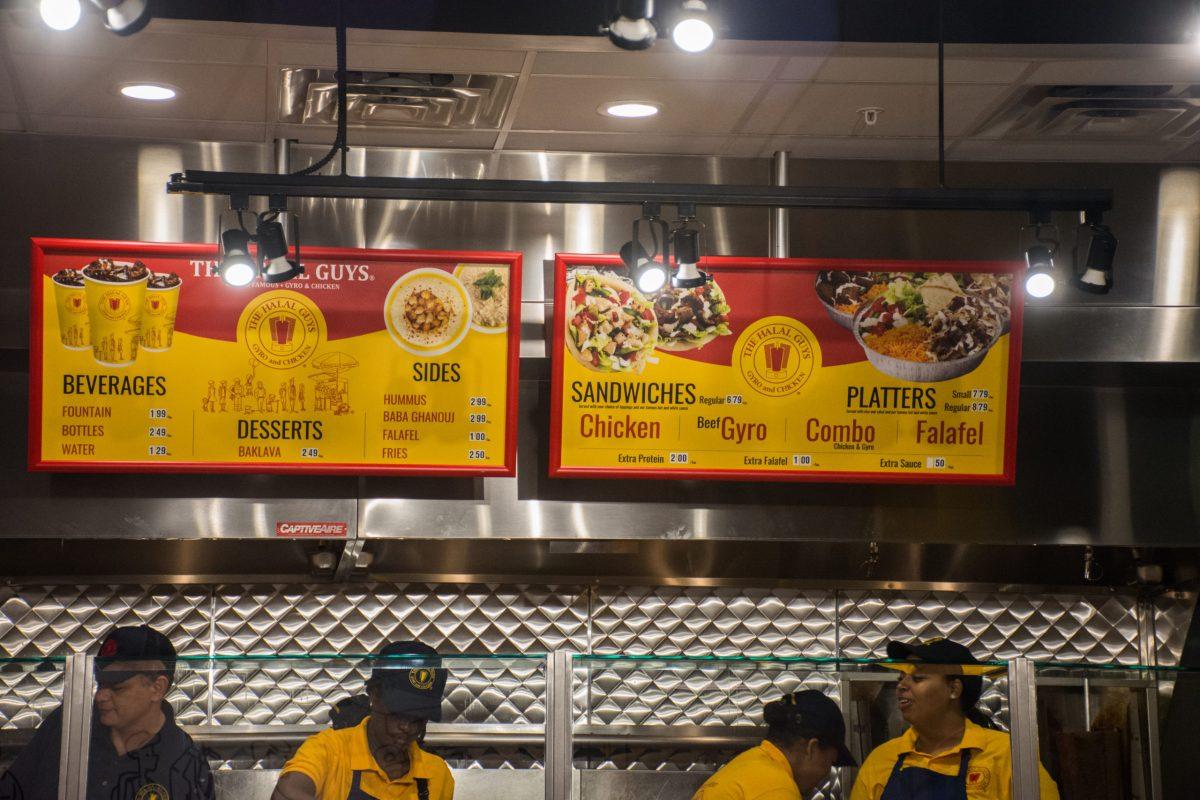Although most people never realize the significance of the built environment, Americans spend 90% of their time indoors, living in spaces designed by others and passing hour by hour fully submerged in either glory or indifference, an inevitability dictated largely by the presence of architecture. While basic shelter has existed since the beginning of humanity, not all instances of shelter or even the current built environment can be classified as architecture. Ubiquitous, yet primarily unpondered facets of reality, buildings are immensely powerful in that they are physical realizations of the ideals of the groups or individuals who either commissioned or designed them.
In this sense, buildings are living fragments of the past serving as functional pieces of the ever-changing present. Buildings don’t only encompass a collective unshakeable aura garnered through the years and sometimes centuries of changing social traditions, political parties, and regimes of nationality, they bridge time and help preserve or destroy preexisting or fledgling ideologies. Additionally, through a distinct separation from their respective environments into individual microcosms, they trigger a series of emotional responses varying from discomfort to spiritual awareness.
Nevertheless, despite the endless potential for architecture to more productively influence society, less than 5% of all buildings are designed thoughtfully by architects, leaving most towns and cities with residential and commercial structures that are mere copies of preexisting buildings constructed out of the initial governing context, making the designs repetitious, irrelevant to the site, and sometimes dysfunctional.
All in all, Architecture is much more than mere functionalist programming. Architecture is the realization of an intended set of sensual experiences made possible through a series of formal, material, organizational, and philosophical gestures. Architecture is the ability to generate feelings in a given realm.
Architecture is power.
































